Help your students discover science in the great outdoors
By using national parks as “living laboratories,” students gain a greater understanding of their impact on the environment as well as a greater sense of their responsibility as stewards.
We know it’s tough to get students out of the classroom these days, yet we still work with thousands of students every year!
Teaching science in context
The Bridging The Watershed program provides a wonderful opportunity to teach science in context and help students and teacher achieve a meaningful watershed field experience.
Curriculum-aligned
All activities in the BTW program, including the field study, are designed to engage students in Meaningful Watershed Educational Experiences (MWEE).
Not all classes are the same
If there is anything we can do to assist you in participating in a field study, please ask. We can adapt the program to fit your needs.
Authentic experiences
Students engage in real science and issues as they collect authentic data on topics such as water quality, runoff and sediment in the water, and trash in the environment.
Opportunities for Students & Teachers
Thanks to our partnership with the National Park Service and generous support from our donors, we are able to bring Bridging the Watershed field trips for free to qualified school districts (excluding transportation costs). Modest fees apply to non-qualified school districts or counties.
Teachers who have successfully completed at least one workshop in one or more of the Bridging the Watershed curriculum modules to request a field study through this program. Please check our Teacher & Ranger Professional Development page for upcoming opportunities and workshops.
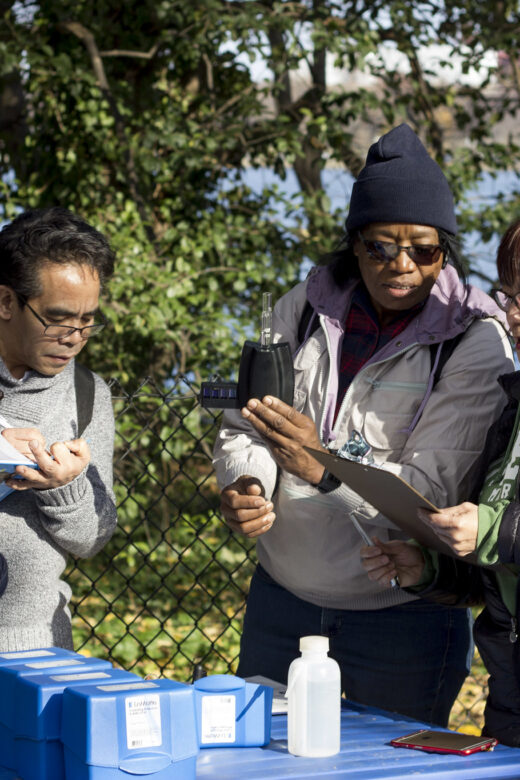
How to Participate
- Register for a Teacher Workshop
To bring students to a national park in your area, all teachers must participate in one of our workshops, which are hosted throughout the year. - Get Your Students Ready with Pre-Activities
Each module includes pre- and post- program activities which are designed to help students prepare. Being prepared is a critical step towards giving your students a successful experience in the parks. - Preview the Purpose and Goals of the Trip
Although students may not have a precise idea of what will be expected of them during the field study, it is important that they have a general expectation of what they are going to be doing during the field study. This will help facilitate the field study and help the students know how they should prepare for their visit. - Be Ready for an Adventure
This field study is far more than a walk in the park; it is designed to help students make a greater connection, both to their environment and to their work, by doing actual scientific studies in a natural setting and collecting authentic data that has real-world significance.
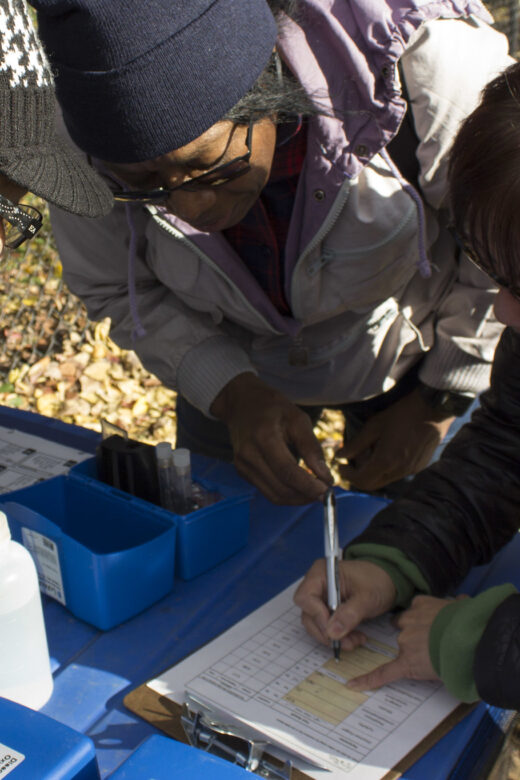
Program Availability
We are offering the following programs at these locations.
Availability is limited.
(Note: These programs are only for teachers who have completed BTW training):
Piscataway Park
National Mall and Memorial Parks
Kenilworth Aquatic Gardens
Anacostia Park
Great Falls Park (VA)
C&O Canal National Historical Park- Great Falls Tavern (MD)
Prince William Forest Park
Greenbelt Park
Fort Washington Park
Oxon Cove Park
Note: Park availability may change
Can’t schedule an in-person field study?
We have virtual Bridging the Watershed options available too!
Virtual Programs (1-hour)
Water Canaries
Talkin Trash
Exotic Invaders
Sustainability
Great Terrain Robbery
In-Person Programs (3-5 hours)
Water Canaries
Talkin Trash
Exotic Invaders
Sustainability
Watershed Watchdogs
Don’t Get Sedimental
Transportation logistics and costs are the responsibility of each participating school.
If you have any questions or concerns, please contact us at btw@fergusonfoundation.org.
Curriculum Modules
Alice Ferguson Foundation’s Bridging The Watershed program offers six core modules at National Parks. All modules contain pre-field study classroom lessons and preparation, a one-day field study in a national park, and follow-up analysis and reflection on the experience. At the conclusion of each module, students are encouraged to engage in a service project during which they can apply what they have learned about the environment to their own community or with the National Park Service. The Bridging The Watershed curricula builds on the constructivist pedagogy and uses the 5 E’s of the teaching/learning cycle – Engage, Explore, Explain, Elaborate, and Evaluate – as its format. All activities are student-directed, with the teacher acting as the guide/facilitator. All lessons are correlated to national, state, and local education standards.
Choose a Program Right For You
You can view our list of participating parks here, and download the Field Study Restriction Guide spreadsheet to see a complete list of which lessons and modules can be taught in which parks.
The Six Core Modules
Plant Invaders: Assessing Invasive Plant Species
Students will identify and quantify the percentage of invasive plant species present in national parks. Prior to the field study students will familiarize themselves with using a dichotomous key (decision tree) for plant identification by practicing with a BTW online activity. In addition to online practice, the activity “Bean There, Done That” allows students to grasp the importance of random sampling in scientific data collection by studying a sample site where beans are used to represent different plant species. Once the field study is completed, students analyze and report their data and take time to reflect on their unique park experience. Finally, students apply their knowledge and comprehension to research the impact of other invasive organisms. Students are encouraged to use the knowledge and experience they’ve gained in the field to engage in a service project such as participating in volunteer removal of invasive plants from area national parks.
Don’t Get Sedimental: Runoff and Sediment in the River
Students will determine a National Park’s stream habitat rating based upon abiotic, biotic, and cultural factors. Prior to the field study, students explore cultural eutrophication, land use and impact on the watershed over time. After the field study, students analyze and report their real-time data, reflect on their park experience, and assess their group’s performance. Finally, students apply their gained knowledge and comprehension to a real scenario in the watershed. Students are encouraged to use their field experience to engage in a service project such as joining a local stream monitoring group to examine the health of area streams.
Talkin’ Trash: Make a Litter Difference
Students will participate in a comprehensive analysis of trash present in a National Park. During their field study, students will collect, sort, and weigh all trash they have collected as a group. They will compute the percentage of recyclables by weight and volume, and compare their findings with that of the rest of the class. Prior to the field study students will analyze trash generated by a typical household to make inferences about lifestyle and consumer choices, and how these choices have lasting impact on their watershed. After the field study students analyze and report their real-time data, reflect on their park experience, and assess their group’s performance. Finally students apply their knowledge and understanding to larger issues by exploring the feasibility of landfill mining, and examining the repercussions of their own consumer choices. Analysis of this issue will encourage students to engage in a student action project such as instituting and monitoring recycling in their school or participating in a cleanup in a National Park or their own schoolyard.
Water Canaries: Assessing Benthic Macroinvertebrates
In a national park, students will collect benthic macroinvertebrates from streams with nets, classify and identify them. Prior to the field study, students learn to identify macroinvertebrate characteristics by looking at their body characteristics and adaptations. They will use the Bridging The Watershed field study to identify macroinvertebrates that may be indicator’s of the park’s water quality. After the field study, students analyze and report their real-time data, reflect on their park experience, and assess their group’s performance. By using macroinvertebrates as water quality indicators, students will gain firsthand knowledge of how to determine stream health. This knowledge serves to engage students in further investigating issues associated with water quality, and will allow them to pursue service projects like joining a local stream monitoring group to examine the health of streams in their own community.
Watershed Watchdogs: Assessing Water Quality
Students will determine a Water Quality Index of a National Park’s stream using nine physical or chemical parameters. Prior to the field study students use the Internet to research information about their local watershed. Students will also familiarize themselves with each parameter by practicing water quality testing on their own school’s drinking water. After the field study students analyze and report their real-time data, reflect on their park experience, and assess their group’s performance. Finally students use their knowledge and comprehension in an interactive game of polluting, then cleaning, a model of a waterway. Students are encouraged to use their field experience to engage in a student action project such as joining a local stream monitoring groups to examine the health of area streams.
Sustainability: Assessing Human Impact on Natural Resources
Students will assess sustainability efforts in the categories of waste, water, energy, and transportation. Sustainability, in this context, is the avoidance of the depletion of natural resources in order to maintain an ecological balance and prevent aspects of climate change. Prior to the field study, students will understand the finite supply of nonrenewable resources, and the choices
they can make to alleviate the energy problem by filling out a personal inventory and playing an energy spoons game. During the field study, students measure renewable energy with wind turbines and solar panels. After the field study, students apply their gained knowledge and comprehension by considering ways to be more sustainable both school-wide and through personal action. Students are encouraged to use their field experience to engage in a student action project, such as by advocating for technologies that produce less pollution and waste at their school.
Interactive Lessons
These lessons provide an essential link to enrich and reinforce the educational experience of the Bridging the Watershed program. You can find online activities to prepare for a visit to the parks, gain knowledge about parks and their natural resources, and learn more about our Potomac watershed..
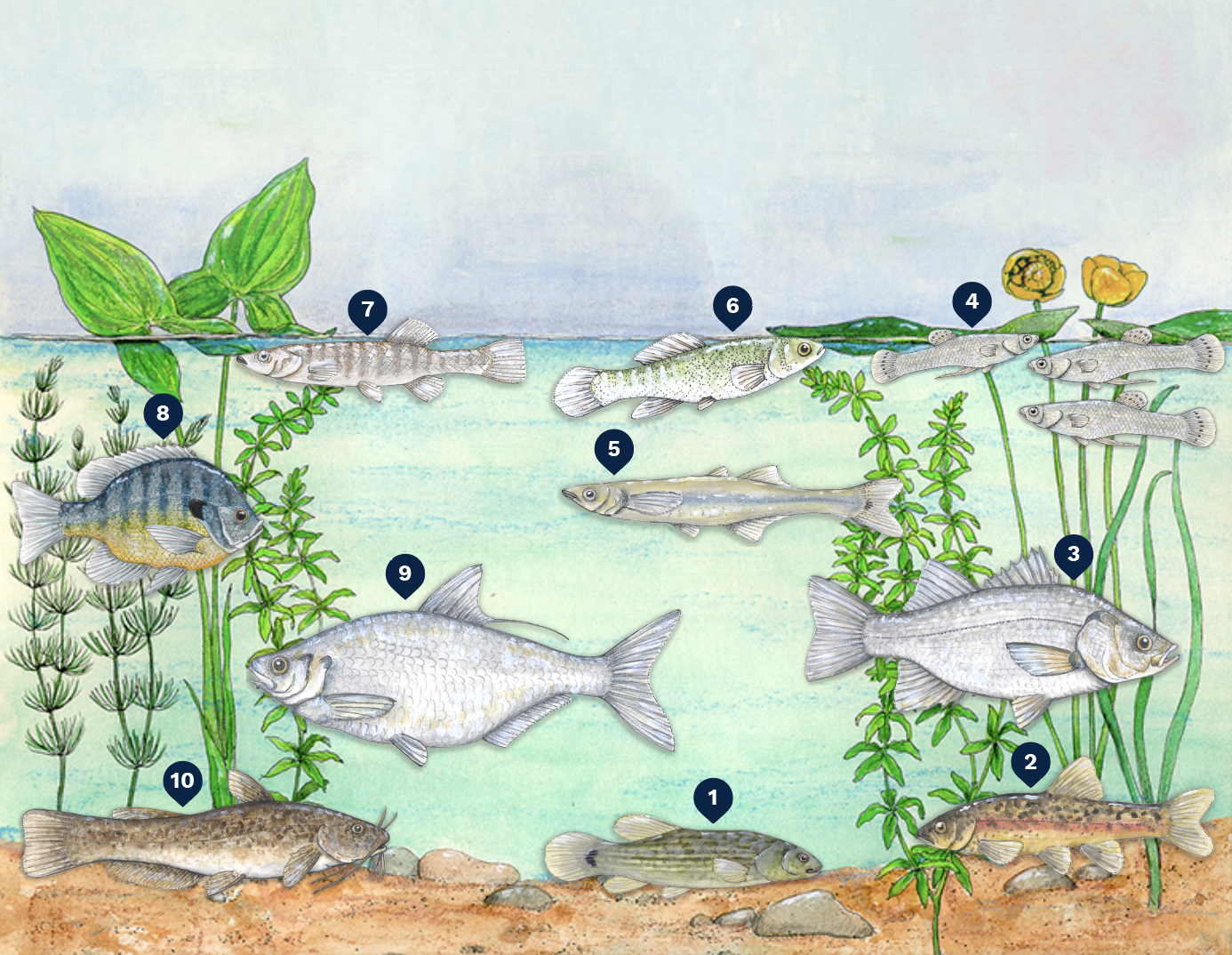
Fishing for a Name
Fish Identification
This interactive lesson that helps students identify fish commonly found in the tidal waters of the Potomac watershed (downstream of the Great Falls) using a dichotomous key. Students will be introduced to fish anatomy vocabulary and use body shape and other physical features to identify fish.
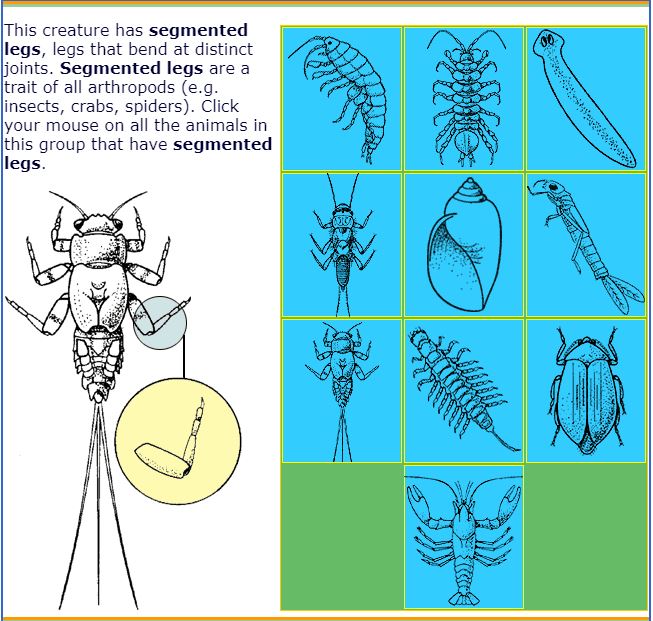
Macro-Invertebrate Identification
Macro-Invertebrate Identification
This interactive lesson that helps students identify benthic macroinvertebrates using key characteristics. It also emphasizes the special adaptations each has to its aquatic habitat and demonstrates how macroinvertebrates can be indicators of the health of the stream.
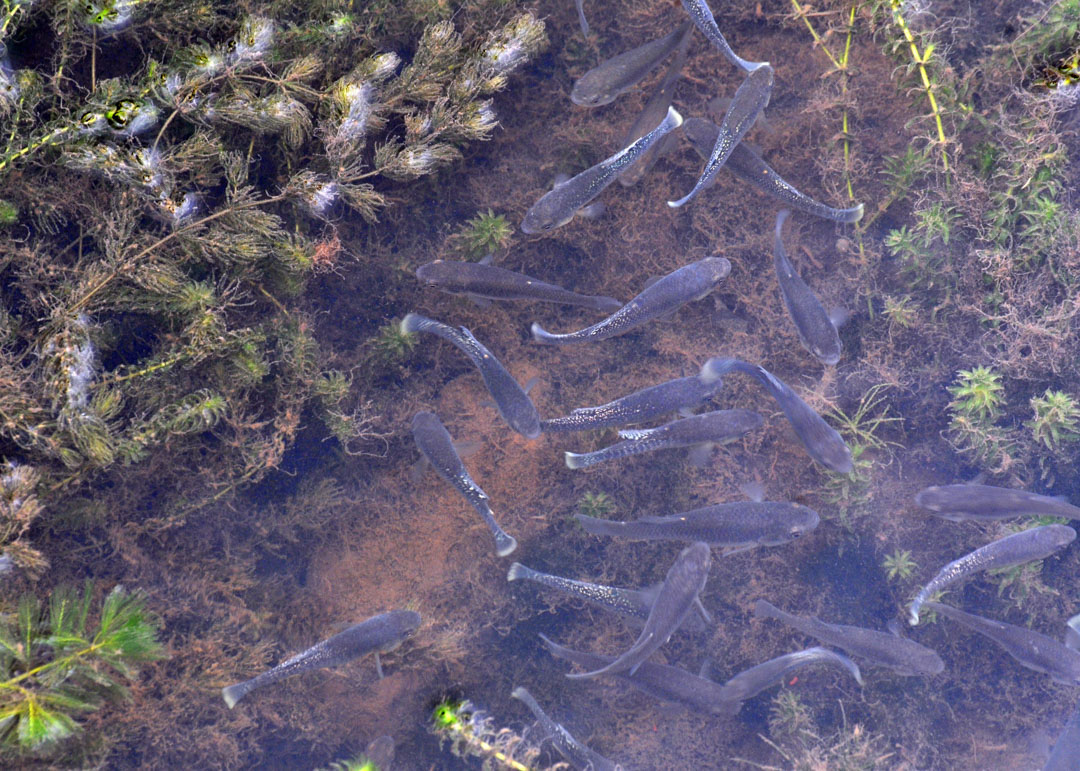
Swim for Your Life
Fish Migration
This interactive simulation game intended to appeal to students in middle and high school. During the game, virtual anadromous fish leave the open ocean each spring and travel into estuaries, coastal and freshwater rivers, and creeks to release their eggs. As the season moves into late summer and early fall, the juvenile fish leave the shelter of the upper estuary and begin a journey to the open ocean from which their parents came. During this trek, the fish encounter many perils, and not all of them will survive to reproductive maturity.
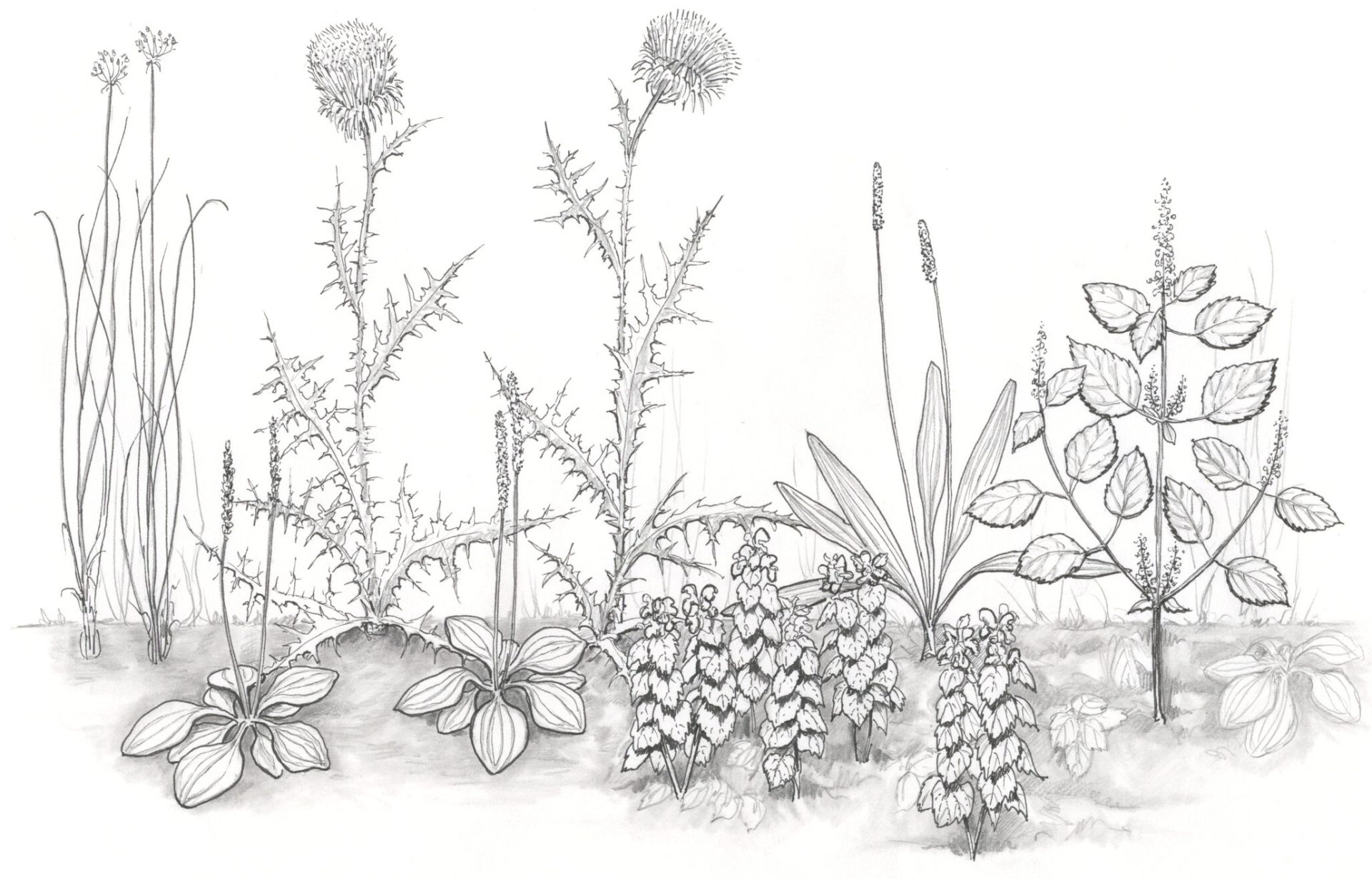
Plant Identification
Plant Identification
This interactive online activity that helps students practice plant identification and classification using a dichotomous key. This activity uses a visual key based on leaf shapes, margins, and their arrangement on a stem. Students will be introduced to vocabulary needed to use a plant key in the field and learn about common invasive plants found in national parks in and around the nation’s capital.

